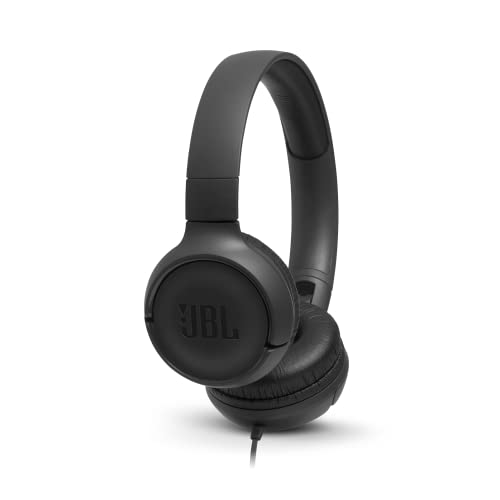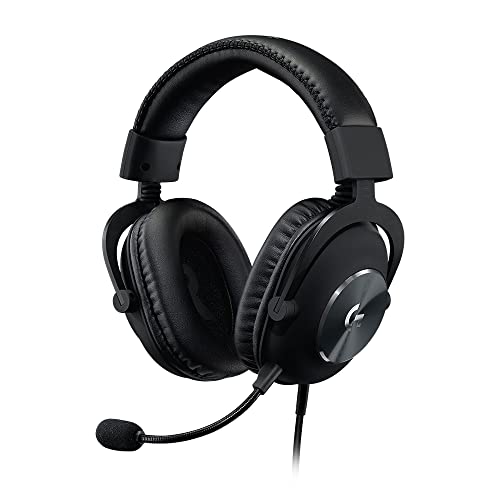 The Difference Between Over Ear and On Ear Headphones
The Difference Between Over Ear and On Ear Headphones
 Over-ear headphones protect your ears, which allows for larger drivers with room to deliver a truly amazing sound. These are often designed for audiophiles and can be expensive.
Over-ear headphones protect your ears, which allows for larger drivers with room to deliver a truly amazing sound. These are often designed for audiophiles and can be expensive.
They usually fold up and are a great choice for travel. They are also a good option for working out, since they don’t get hot and don’t strain your ears.
Noise Cancellation
If you’re planning to invest some money on headphones, you should ensure they’re equipped with the most effective noise cancellation features that are available. Over-ear headphones are the most effective in this regard since they create an ear-to-ear seal and block out most outside sound. Also, they are more bulky than on the ear headphones. They can be difficult to fit into bags or backpacks that are small when you travel.
On-ear headphones have more of a compromise in audio quality and noise cancellation in that they do not create an encapsulated seal around your ears. This lets ambient noise to enter your space, but also gives you the opportunity to be able to hear more of what’s going on around you.
Despite being the least transportable, over-ear headphones are generally the most effective noise cancelling capabilities of the three most common headphones. This is largely because of their size, which allows for bigger drivers to deliver superior audio quality. The result is that they can deliver the full spectrum of frequencies with amazing clarity and detail. Over-ear headphones are preferred by audiophiles and professionals in the music industry.
In addition to their superior audio quality, over-ear headphones are less likely to damage your hearing when worn for long durations. Because earbuds cause ear wax buildup, which can impact your hearing. Over-ear headphones are less likely to do this since they don’t sit as close to your eardrums.
Many over ear headphones also come with active noise cancellation technology. This eliminates external sounds by producing different sound waves from those coming from your audio source. This is done by a series microphones that are placed inside the headphones. They listen for background sounds and create the opposite signal to suppress them. Whether or not this can be beneficial to you will depend on your individual listening habits and whether or not you often listen to podcasts or music in public.
Sound Quality
Many audio enthusiasts think that a pair of headphones to be the most important piece of technology. They let us enjoy our favourite music and media in comfort and isolate our ears from noise and disturbing others. There are a variety of options on the market these days, from basic earbuds to premium studio monitors for musicians and sound engineers. The most popular headphone is the over-ear model.
The main benefit of over-ear headphones is their superior sound quality, mainly thanks to the bigger drivers that create a more expansive and immersive listening space. Over-ear headphones over the ear headphones are more comfortable than on the ear models since they completely cover the ears. This reduces pressure and prevents heat build-up over time.
Another advantage is that they’re able to cancel out more background noise thanks to their larger earpads, which provides a more successful passive noise cancellation than on-ear or in-ear varieties. However, they’re not perfect in this respect and may leak sound when listening in public or at the office.
On the other hand, over-ear headphones can deliver excellent sound quality even if not using active noise cancellation or the Bluetooth connection. They offer a balanced and natural listening experience that can be adjusted by using the equalizer in the headphone application or selecting the preset.
Over-ear headphones have a wider bass response and a better soundstage than in-ear or on-ear models. They are also great for those who listen lot to rock or dance music since they are able to reproduce the bass with a greater volume.
Over-ear headphones are the most popular headphone design, and they are the first to receive the latest technologies, like active noise cancellation and companion apps. Over-ear headphones usually have longer battery life compared to in-ear or on-ear headphones because they can fit larger batteries.
The best over ear headphones wireless headphone for you will depend on your personal preferences and needs. For instance, if need a pair of headphones for working out or commuting in the gym, then on-ear and in-ear headphones are more comfortable than the over-ear models. They are smaller and fold up to take up less space. On-ear models also offer more stability than over-ears when wearing headphones during physical activities. They also have a longer battery life and can be replaced if you accidentally damage them during exercise.
Comfort
Most people who wear headphones pick either the ones that rest on top of their ears or the ones that are placed over them. Both options have pros and cons with regards to comfort. Over-ear headphones, for Best wireless over ear headphones instance are ideal for listening to music in noisy environments. They block out sounds from outside. They can lead to ear fatigue after prolonged listening sessions. On the other hand, headphones on ear do not put pressure on your ears like over-ear models do however, they don’t offer the same isolation advantages. However, a lot of on-ear models come with different tips for your ears to help you to find the perfect fit.
In addition, headphones on ear are typically smaller and can be stored in a purse or backpack. They also have the benefit of being able to be used with both wired and wireless connections. In contrast, over-ear headphones require more power because they have to form a tight seal over the user’s ears. This can also make them feel more hefty on the neck and head after a time.
When choosing the best wireless over Ear headphones headphones for you, it’s crucial to take into account all of these elements. You may choose one style over another depending on your budget, the music you listen to, the setting in which you are, and the environment where you are. In general, over-ear headphones have slightly better audio quality than on-ear headphones and support ANC.
On-ear headphones provide a great balance between comfort and portability, but are also a great option for those who don’t mind paying more for a better audio quality. They’re also a great option for commuters, who need to listen on the move to music and podcasts. On-ear headphones have the advantage of being more light and comfortable than their over-ear counterparts, and some fold to make it easy to store. They are not as convenient for mobile devices because the ear cups are placed on the back of headbands instead of your ears. This can cause them to fall off your ears if you don’t secure them properly and can result in hot spots and pressure on your ears.
Portability
A great pair of headphones is the third most important piece of personal technology you can own, right after your phone and computer. The type of headphones you pick whether they are earbuds or in-ear, wireless, over-ear or true beats studio3 wireless noise cancelling over ear headphones is a matter of personal preference and the comfort you enjoy. But the most important factor in deciding on the right pair of headphones is your budget. The headphones you purchase will determine the amount of music and audio you can listen to, whether you can completely immerse yourself in the sound of your surroundings and how long you can use them for.
In general, on-ear headphones provide longer battery life than earbuds or over-ear models. The smaller earpads make headphones lighter, which decreases the consumption of batteries. Most on-ear headphones fold their earcups to be compact and easy to carry in your backpack or briefcase. They fit comfortably on your neck and head so you can wear them longer without discomfort.
On-ear headphones are a good choice if you are planning to use them in public places like gyms or offices where you need to be aware of your surroundings. They block a good amount of ambient sound, but they may leak a little more than other types of headphones. Over-ear headphones, on other hand, are ideal for office or home use because they are less likely to leak. They also provide the most private listening experience.
Over-ear headphones are bigger in size, which allows for drivers with better sound quality. They also produce a greater bass. The extra space in earcups allows for a wider and more spacious and less distorted soundstage. These headphones are more expensive than on-ear models but they provide an excellent value for music lovers.
Over-ear headphones tend to be more bulkier than on-ear versions and a lot of them don’t come with a carry bag or foldable designs. However, the majority of over-ear headphones still have a respectable battery life of up to 40 hours on a single charge, and some can go even longer with the ANC disabled.

Recent Comments